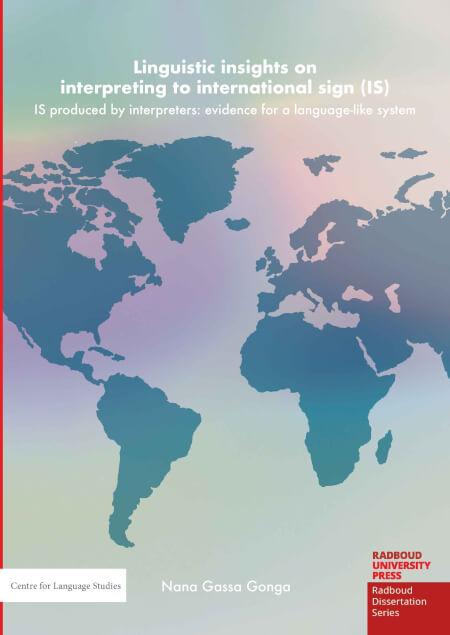Linguistic insights on interpreting to international sign (IS).: IS produced by interpreters: evidence for a language-like system
Keywords:
International Sign, Sign Language Interpreting, Conference Interpreting, Processing Time, Iconicity, Deaf StudiesSynopsis
This dissertation investigates international sign (IS) interpreting, comparing it with national sign language interpreting to address misconceptions about IS’s processing time and lexicon. IS, used as a lingua franca among deaf individuals globally, is often described as having an extended interpreting processing time and a limited, impoverished lexicon. These claims, based largely on anecdotal evidence, are revisited through direct comparisons of interpreting in conference settings to IS and to Sign Language of the Netherlands (NGT). The dissertation concludes that IS interpreting is not fundamentally different from national sign language interpreting in these regards. The results demonstrate language-like features, including reliance on lexical signs and creative use of iconicity, supporting its growing recognition as a linguistic system. These findings thus contribute to debates on IS’s linguistic status, its evolving role in multilingual communication, and they lead to practical recommendations for interpreters, emphasizing flexibility and adaptation in multilingual settings.

Published
Series
Categories
License

This work is licensed under a Creative Commons Attribution-NonCommercial-NoDerivatives 4.0 International License.

